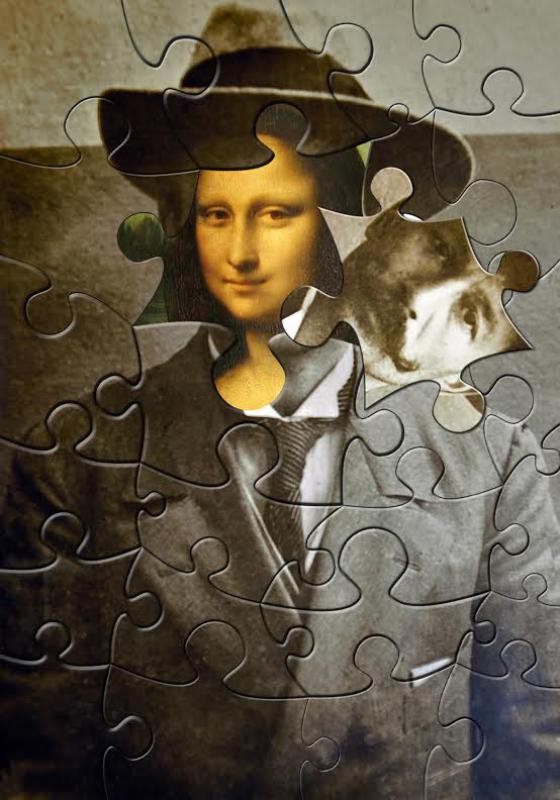Ask just about anyone to name a famous painting, and it’s a good bet that “The Mona Lisa” will be the first thing to jump to most people’s lips. Da Vinci’s most famous work — and bear in mind, this is from the guy who also painted “The Last Supper” — may be on the small side (it’s less than two feet across) but it looms large in our collective subconscious. It’s impossible to think of another work that has been so pored over, puzzled out, and parodied. When we look at “La Gioconda” (Mona’s Italian name) we’re gazing not at a collection of pigments on wood, but at a reflection of our own desires, disappointments, and dreams. It’s always been a portrait, of course — but a different one for each of us.
That special sort of magic may have played a part in the origin of an odd bit of the painting’s history, one that even many art aficionados might not know much about. It may be hard to imagine today, when “The Mona Lisa” lives under tight security and bulletproof glass, but in 1911 the painting went missing from the Louvre, and for two years only one man — the thief — knew where it was hidden.
The story of the heist and its aftermath is the subject of Joe Medeiros’ film Mona Lisa is Missing, screening Tuesday night at Amherst Cinema as part of the theater’s Art Theft film series, organized by the Department of History of Art and Architecture at UMass Amherst. The documentary will be introduced by Monika Schmitter and Gülru Çakmak of UMass.
At its most basic, the theft was a simple one: Vincenzo Peruggia, dressed in a worker’s white smock, entered the museum while it was closed for cleaning, popped the painting from its frame, and walked out with it hidden under his smock. For two years, it lived in his apartment, before Peruggia was arrested when he tried to repatriate the painting to an Italian gallery.
But of course this was no ordinary heist. This was a heist that got Picasso and other art world luminaries hauled in for questioning, and it has long been rumored that Peruggia was a pawn in a wider scheme to peddle forgeries to American millionaires while the original was out of sight. To peel back the layers of the story, Medeiros (a former comedy writer for Jay Leno at The Tonight Show) tracked down thousands of documents in French and Italian police archives, visited with Peruggia’s now-elderly daughter Celestina, and pieced together what he believes to be the true story behind the theft. Was it as enigmatic as the “La Gioconda’s” smile? A patriotic act? Or perhaps it was motivated by the more down-to-earth monetary concerns of a man in failing health. It may be that the truth, like the painting itself, will be something different for each of us.
Also this week: Hadley’s Cinemark theater gets in on the painting theme when it screens Rembrandt: From The National Gallery London and Rijksmuseum Amsterdam on Tuesday at 7 p.m. The 90-minute film combines footage from both galleries with behind the scenes footage of the exhibitions and an overview of Rembrandt’s life. Focusing on his final years — commonly thought to be his best years as a painter — the film explores each of the key works on display, bringing in art historians and curators to discuss the groundbreaking techniques and artistry of a man many (with apologies to da Vinci) consider to be the greatest painter of all time.•
Jack Brown can be reached at cinemadope@gmail.com.





